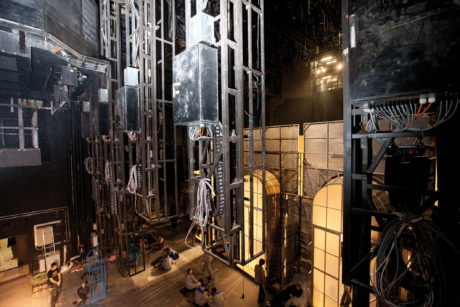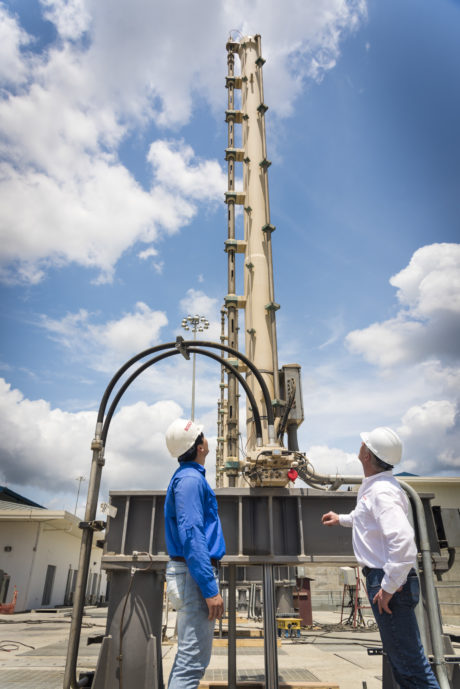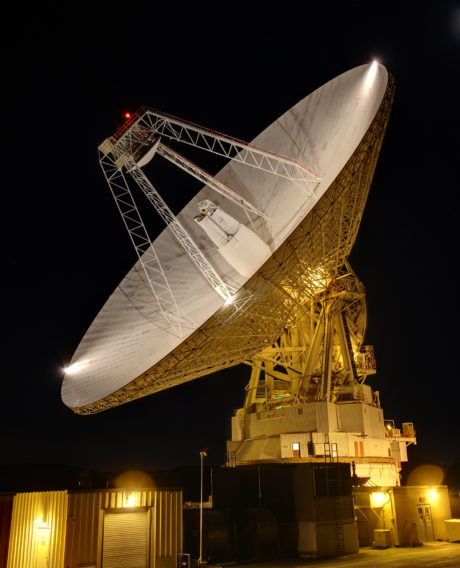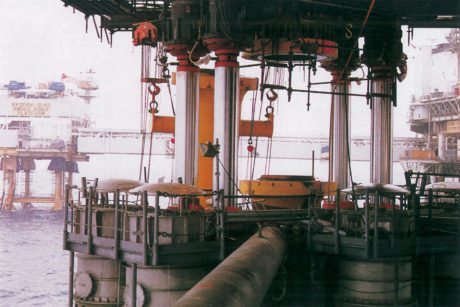Hydraulic fluid-technique can move giant masses safely, precisely and, if needed, silently, from space missions to the bottom of oceans; it can form steel with

millimetric precision and it can allow saving enormous quantities of fuel and energy.
Hydraulics is the science that studies the use of liquids, water in particular: fluid mechanics is its theoretical basis. The first uses of the water force date back to Mesopotamia and Egypt, where it had been exploited since the VI millennium b.C. Its industrial application, hydraulics in particular, exploits the energy transmission by means of pressurized fluids. The hydraulic sector, even if unknown to most people, is strongly expanding on a world scale due to the capability of managing notable powers through small-size lightweight components: Italy ranks among the five world-leader producers of hydraulic components.
However, what extraordinary and extreme can this technology do? In the opinion of Bosch Rexroth, the primary developer and manufacturer of hydraulic components, it can constantly exceed the limits of what is technically feasible, as proven by some record applications.
Water recycling in Panama Canal
The shortest itinerary for ships setting course between the west and east coast of North America: the Panama Canal. This waterway, which connects the port of Christóbal, on the Atlantic, to the one of Balboa, on the Pacific, measures 81.6 kilometres in length and is sailed in an average time of ten-eleven hours. The gates driven by Rexroth hydraulic cylinders manage water levels in the locks of Panama Canal, now enlarged. Even if they are much bigger than previous ones, the new locks consume less soft water during shutting operations: each lock is in fact equipped with three recovery basins, which allow recycling 60% of the input water. In this way, about 290 million litres of water are saved for each transit.

Precision positioning for NASA
Hydraulics can offer a lot also for space missions, like for instance for Juno, NASA mission that studies the magnetic field of Jupiter through a space probe that performs a polar orbit, launched on August 5th 2011. The ground stations of the Deep Space Network (DSN) of NASA maintain a constant contact with the space probe: the three satellite parabolic antennas, with 70-metre diameter, are positioned in Earth’s strategic points to receive data and images and to send controls to Juno. It is essential the probe positioning is extremely precise: to this end, apposite high-performance hydraulic Rexroth motors are used.
122 hydraulic cylinders against an ecologic disaster
At half Eighties, in the North Sea a real disaster was looming: the connected rigs of the Ekofisk gas and oilfield, in Norway, risked of sinking under water because of an unexpected subsidence phenomenon. An international team of Bosch Rexroth specialists for the offshore sector conceived a daring idea: once fixed 122 hydraulic cylinders to the pillars of the artificial isles, they lifted the 40,000-ton rig up to 6.5 metre height. The operation, carried out in four days, was completed on August 17th 1987: the danger was then escaped and still today they extract oil and natural gas at Ekofisk.

A delicate touch: precision to a the tenth of a millimetre
The biggest grinding machines for steelworks by the manufacturer MAE Götzen straighten solid steel tubes with 30-metre length and 80-centimetre thickness. During the process, a force pressure up to 25,000 kN is generated on steel, corresponding to the power of one hundred motors for airliners. However, despite such enormous forces, units can correct eventual bends with 0.1 mm precision: in this system, big forces are then progressively and delicately applied, with an extremely soft touch. The computer control system sends all data concerning workpieces to the straightening plant, which processes parameters such as diameter, material and required precision degree.
Energy saving for ships
Depending on sizes and speeds, cargo ships consume from 100 to 350 tons of fuel a day, equivalent quantity to the consumption of over 30,000 cars on a 100-kilometre way. In collaboration with Bosch, Mitsui Engineering & Shipbuilding Co. Ltd. (MES) has developed Turbo Hydraulic System (THS), conceived for large-size motors. Such system reduces fuel consumptions up to by 4% depending on the motor load, permitting to save even twelve tons of fuel a day per ship.
Submarine power
Exploring and extracting metals, oil and natural gas, generating renewable energies and laying cables for Internet communication or for offshore wind farms: all these operations must be carried out in oceans’ depths. For such submarine operations, high-tech advanced systems are needed and a broad range of electro-hydraulic systems is involved. It is possible, for instance, to adopt standard hydraulic systems, originally conceived for onshore applications, to withstand the enormous pressures and corrosive marine conditions, to operate efficiently at various depths.

Efficiency, power and safety
As supplier of drives and controls acknowledged on a global scale, Bosch Rexroth assures efficiency, power and safety in moving machines and systems of all sizes. Bosch Rexroth supplies worldwide integrated technologies for the drive and control of mobile operating machines – Mobile Applications – and of industrial machinery and plants – Machinery Applications and Engineering, Factory Automation – developing innovative components and tailored solutions and services.
Bosch Rexroth can be the single partner of its customers for hydraulics, drives and electric controls, linear and assembling technique, software and interfaces for Internet of Things. For further information, visit the site www.boschrexroth.it



